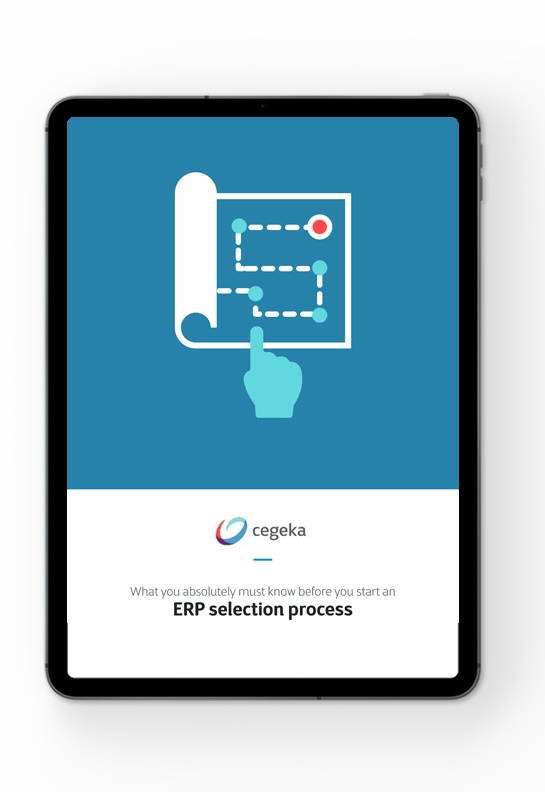It’s hardly news to state that silo structures have no place in a modern company. But it is surprising how often they still exist, especially in larger organizations. A true transformation of theory into practice demands hierarchical adjustments, a change of mindset and a versatile HR policy. And although it may not be the ultimate cure-all, a modern IT platform can play the role of catalyst to these changes.
Nowadays, most IT professionals rarely work in the traditional closed cocoon of their own department. IT budgets are often distributed among departments, chief information officers take on the role of business enablers and software increasingly has to take account of strategic challenges. This trend is especially prevalent in today’s world, where markets can be very quickly disrupted and dislocated, and companies need to be able to be responsive to changes, to move and adapt.
Silo companies are having a hard time
Silos used to be the standard way of operating for companies across the world. As a result, a company could only usually differentiate itself along one single axis. One player might offer the most competitive prices, because it benefitted from being well organized in its internal processes. Another might offer the best product because it was advanced in technology or R&D. And a third might boast outstanding service, thanks to its in-depth knowledge of and focus on customers.
Today, high-performing companies are beginning to question this old model, and are striving to combine operational and product excellence with complete customer focus. Take Amazon, for example: low-priced, extremely customer-oriented and very flexible. The companies that have ditched the silo model are those that can now simultaneously organize their processes efficiently and offer excellent service. The silo-oriented company simply cannot do that. Being customer-oriented is not just the sales department’s responsibility; it should be a company-wide ethos that is embraced by all departments, from procurement to bookkeeping and marketing.
The rise of a networked environment
Organizations need to arm themselves against the threats of new competition and abrupt market shifts. To do this, they need to transform themselves into networks. This way all departments can cooperate, share information and develop a uniform goal. Those departments – marketing, sales, customer service, finance and operations – need to use one single data stream instead of lots of separate apps and dissociated filing systems. Companies need to use one single IT platform that combines ERP (operations), CRM (customer service) and BI (sales and marketing).
Last but not least, it is important to remember that the heart of the organization consists of the actual staff – people working together in teams, whether fluid or fixed, on multiple tasks. These are the people who deliver the products and services, and it is incredibly important to make their job better and easier, with fast communication, easy file-sharing and straightforward access to the data they need, when they need it. Enter the single, internal collaboration system, linked to the central platform.
One platform for all processes
There is actually only one established IT solution on offer today that can support a 100% networked company in a user-friendly way: Microsoft Dynamics. It provides a single, integrated platform that combines all business processes – intelligent operations (Dynamics ERP), business insights (Power BI), customer-orientation (CRM) and optimal cooperation and communication (Microsoft 365 with SharePoint and Teams).
Conclusion
An ERP system will not transform traditional companies into networked organizations in one stroke, but an integrated platform solution can greatly facilitate this transformation.
Do you want to prepare in a structured way? Find out everything about the success factors, risks, criteria and pitfalls of ERP projects in our free e-book, 'the ERP Selection Process'.



